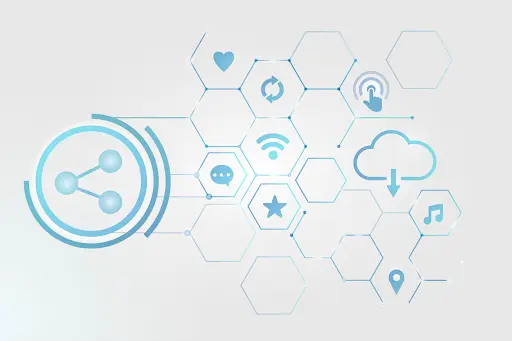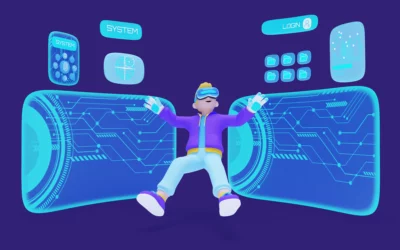The Internet of Things (IoT) has woven a seamless tapestry of interconnected devices, transforming the way we live and work. As the IoT ecosystem expands, the need for robust software testing becomes paramount. Ensuring the reliability, security, and interoperability of IoT systems demands a specialized approach to software testing that addresses the unique challenges posed by the interconnected web of devices.
Understanding the IoT Landscape
1. Diverse Ecosystem:
IoT encompasses a vast array of devices, from smart home appliances to industrial sensors. Software testing must account for the diversity in hardware, software, and communication protocols to ensure seamless interoperability.
2. Real-world Complexity:
Unlike traditional software applications, IoT devices operate in the real world, often facing unpredictable environmental factors. Testing scenarios need to replicate these real-world conditions to validate the performance of IoT systems under varied circumstances.
Key Testing Considerations
3. Interoperability Testing:
Interconnected devices must communicate seamlessly. Interoperability testing ensures that devices from different manufacturers can exchange information flawlessly, preventing compatibility issues that could hinder the functionality of the entire IoT ecosystem.
4. Security Challenges:
IoT devices are vulnerable to security breaches, posing risks to both data privacy and system integrity. Rigorous security testing is crucial to identify and rectify vulnerabilities, safeguarding sensitive information and preventing unauthorized access.
Performance in the Real World
5. Scalability Testing:
IoT ecosystems often scale rapidly as more devices are added. Scalability testing assesses the system’s ability to handle an increasing number of connected devices without compromising performance, ensuring a seamless experience for end-users.
6. End-to-End Testing:
IoT devices typically function as part of a broader system. End-to-end testing evaluates the entire IoT architecture, uncovering potential issues in data flow, communication protocols, and integration points to guarantee a cohesive and reliable system.
Embracing the Dynamic Nature
7. Firmware and Over-the-Air Updates:
IoT devices frequently receive firmware updates to address bugs or enhance features. Software testing must account for the dynamic nature of IoT by ensuring that updates, especially over-the-air updates, are seamless and do not disrupt device functionality.
8. Edge Computing Validation:
With IoT devices often relying on edge computing for real-time data processing, testing at the edge becomes critical. Ensuring that edge computing functions seamlessly enhances the overall efficiency and responsiveness of IoT systems.
Future-proofing IoT Testing
9. AI and Machine Learning Integration:
The integration of AI and machine learning in IoT devices opens new frontiers. Testing should evolve to incorporate these technologies, ensuring that AI-driven functionalities operate optimally and that machine learning models adapt effectively to changing conditions.
10. Continuous Testing and Monitoring:
The dynamic nature of IoT demands continuous testing and monitoring. Automated testing frameworks and real-time monitoring tools play a vital role in identifying and addressing issues promptly, fostering a resilient and adaptive IoT ecosystem.
Conclusion
In conclusion, as the Internet of Things continues to reshape our digital landscape, software testing emerges as the linchpin for ensuring the reliability, security, and functionality of interconnected devices. By addressing the unique challenges posed by the IoT ecosystem, testing professionals contribute to the seamless integration of smart devices into our daily lives, laying the foundation for a connected future that is both efficient and secure.





